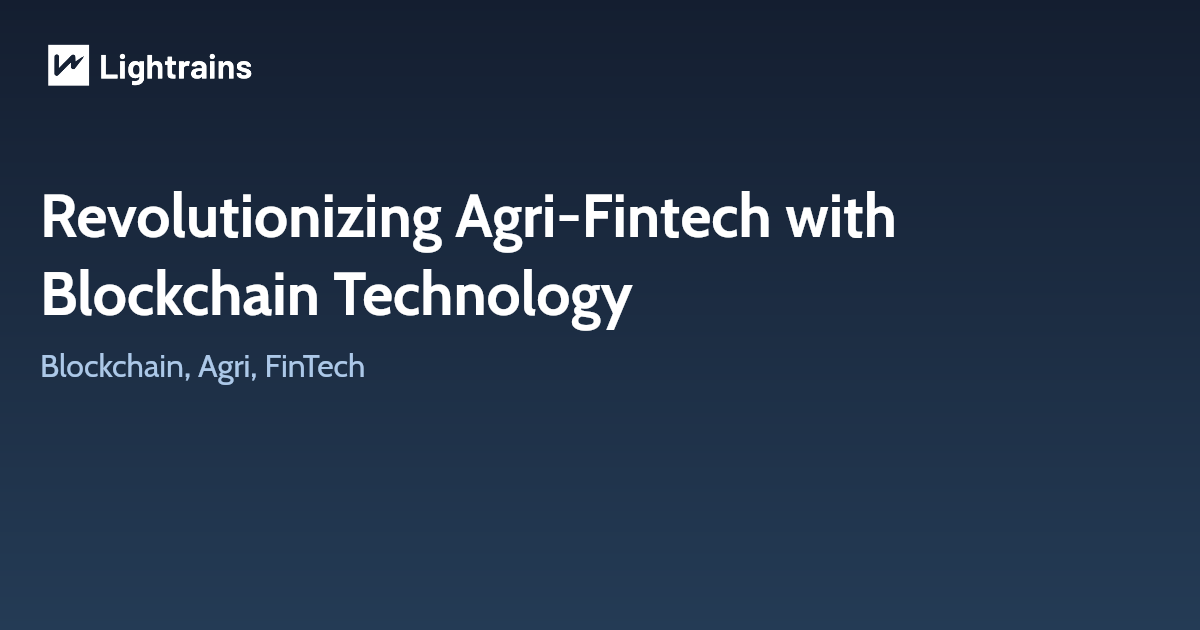
Most simply, an NFT is an entry on a blockchain, the same decentralized digital ledger technology that underlies cryptocurrencies like bitcoin. But unlike most bitcoin–which is fungible, meaning that one coin is essentially indistinguishable from another and equivalent in value–tokens on these blockchains are non-fungible.
A non-fungible token (NFT) is a cryptographic token that represents something unique, and has an individual characteristic that sets it apart. Owning an NFT is like owning a one-of-a-kind work of art or a collectible antique. NFTs are unique tokens or digital assets that generate value because of their uniqueness.
What’s special about the tokens?
For a buyer, they provide a secure certificate of ownership over a digital object, protecting the good’s value. The internet makes it easy to duplicate and forge something, and without an indisputable ownership record such as an NFT, the good is essentially worthless.
For a seller, NFTs make it not only possible to sell something today, but also to earn tomorrow. Artists in particular have historically struggled to reap rewards if their work appreciates in value.
How to make an NFT?
Anyone can create an NFT. All that’s needed is a digital wallet, a small purchase of ethereum and a connection to an NFT marketplace where you’ll be able to upload and turn the content into an NFT or crypto art.
NFT examples
The NFT world is relatively new. In theory, the scope for NFTs is anything that is unique that needs provable ownership. Here are some examples of NFTs that exist today, to help you get the idea:
NFTs and DeFi
The NFT world and the decentralized finance (DeFi) world are starting to work together in a number of interesting ways.
NFT-backed loans
There are DeFi applications that let you borrow money by using collateral. For example you collateralize 10 ETH so you can borrow 5000 DAI (a stablecoin). This guarantees that the lender gets paid back – if the borrower does’t pay back the DAI, the collateral is sent to the lender. However not everyone has enough crypto to use as collateral.
Projects are beginning to explore using NFTs as collateral instead. Imagine you bought a rare CryptoPunk NFT back in the day – they can fetch $1000s at today’s prices. By putting this up as collateral, you can access a loan with the same ruleset. If you don’t pay back the DAI, your CryptoPunk will be sent to the lender as collateral. This could eventually work with anything you tokenize as an NFT.
And this isn’t hard on Ethereum, because both worlds (NFT and DeFi) share the same infrastructure.
NFT Token standards
- ERC-721
- ERC-1155
- BEP-20
- TRC-721
NFT Use Cases
- Collectable
- Gaming
- Music
- Art
- Trading Marketplace
To know more about Various NFT Use-Cases in the Marketplace
Continue Reading
This article originally appeared on lightrains.com
Leave a comment
To make a comment, please send an e-mail using the button below. Your e-mail address won't be shared and will be deleted from our records after the comment is published. If you don't want your real name to be credited alongside your comment, please specify the name you would like to use. If you would like your name to link to a specific URL, please share that as well. Thank you.
Comment via email







